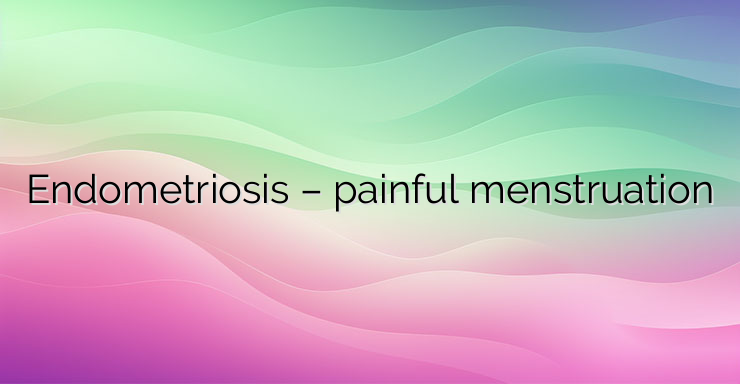Hey there! Ever felt that unbearable pain in your lower abdomen during your period? Or maybe during intercourse or even when you’re going to the bathroom? If so, you might be one of the many women dealing with endometriosis.
Endometriosis is a common gynecological issue among women aged 25 to 40, but its causes are still a bit of a mystery. It affects around 10% of girls in puberty and 2-4% of women in menopause. Good news for the latter, though – symptoms tend to fade away on their own.
So, what exactly is endometriosis? Well, it’s when the tissue that usually lines the inside of your uterus (the endometrium) starts growing outside where it’s supposed to be. This can lead to all sorts of trouble.
There are two main types: genital and extragenital. Genital endometriosis can be internal or external. When the endometrial tissue spreads outside the uterus, it can form nodules, tumors, or lesions on pelvic organs like the ovaries, fallopian tubes, or even behind the uterus.
Extragenital endometriosis, on the other hand, involves places like the intestines, rectum, and bladder. It’s not picky about where it shows up!
So, what makes you more likely to develop endometriosis? Well, genetics play a role, as does having high estrogen levels, being over 35, or having a shorter menstrual cycle with heavier periods. Even things like visceral obesity and exposure to certain chemicals can up your risk.
But it’s not all doom and gloom – there are things that can lower your risk too! Using hormonal contraceptives or an intrauterine device (IUD) can help keep endometriosis at bay.
Curious about the causes and symptoms? Let’s dive into that next!


Leave a Reply